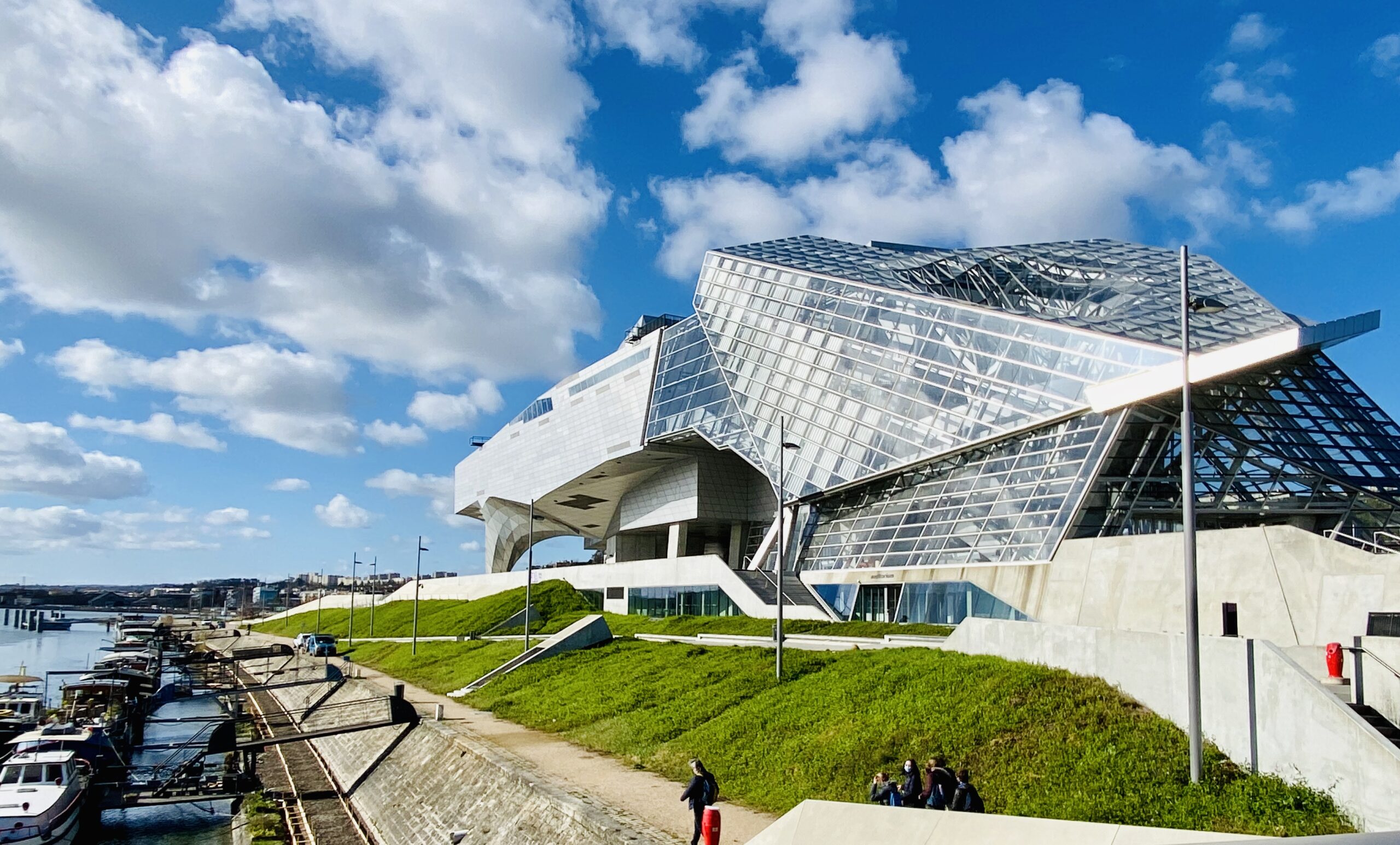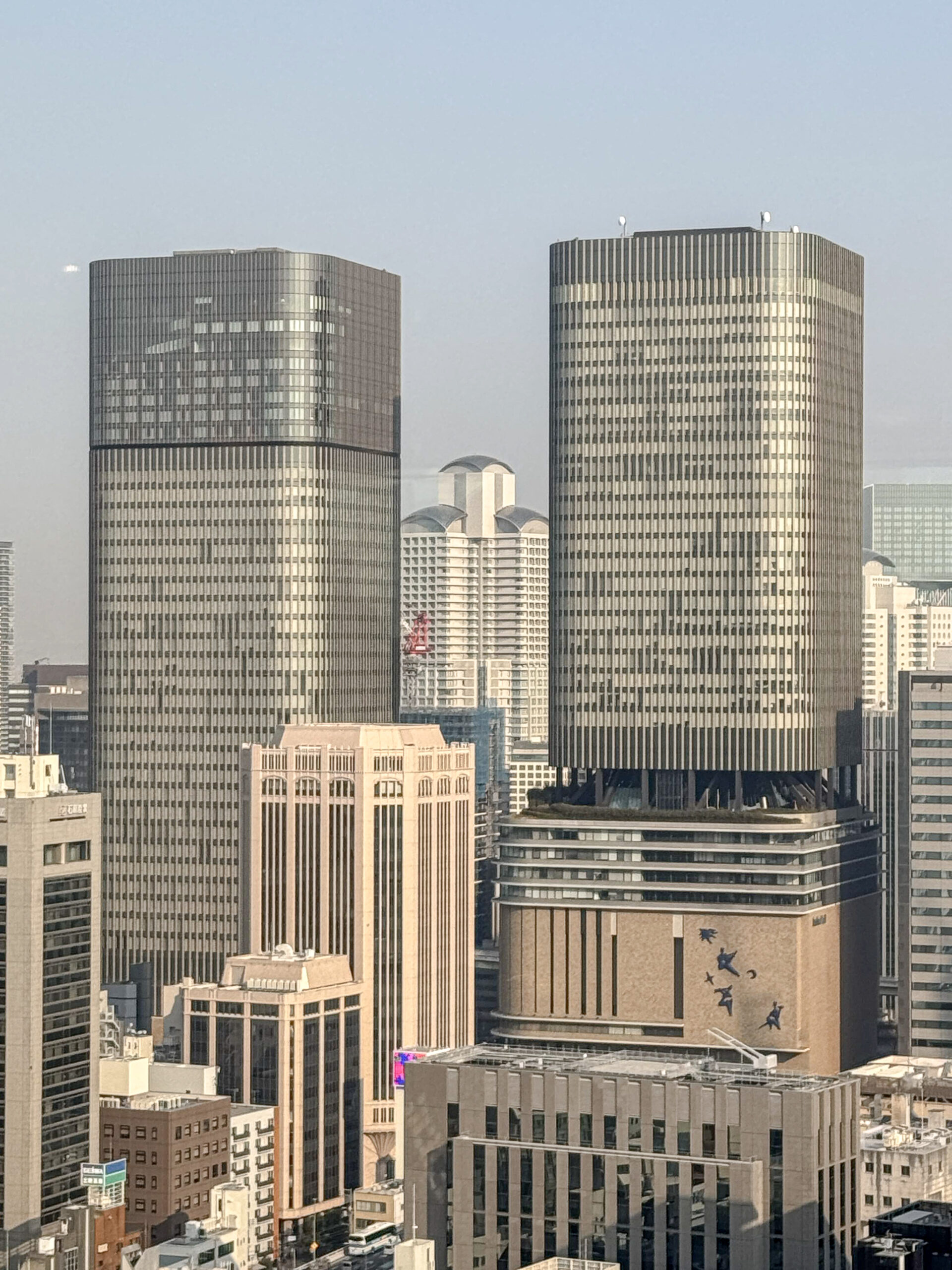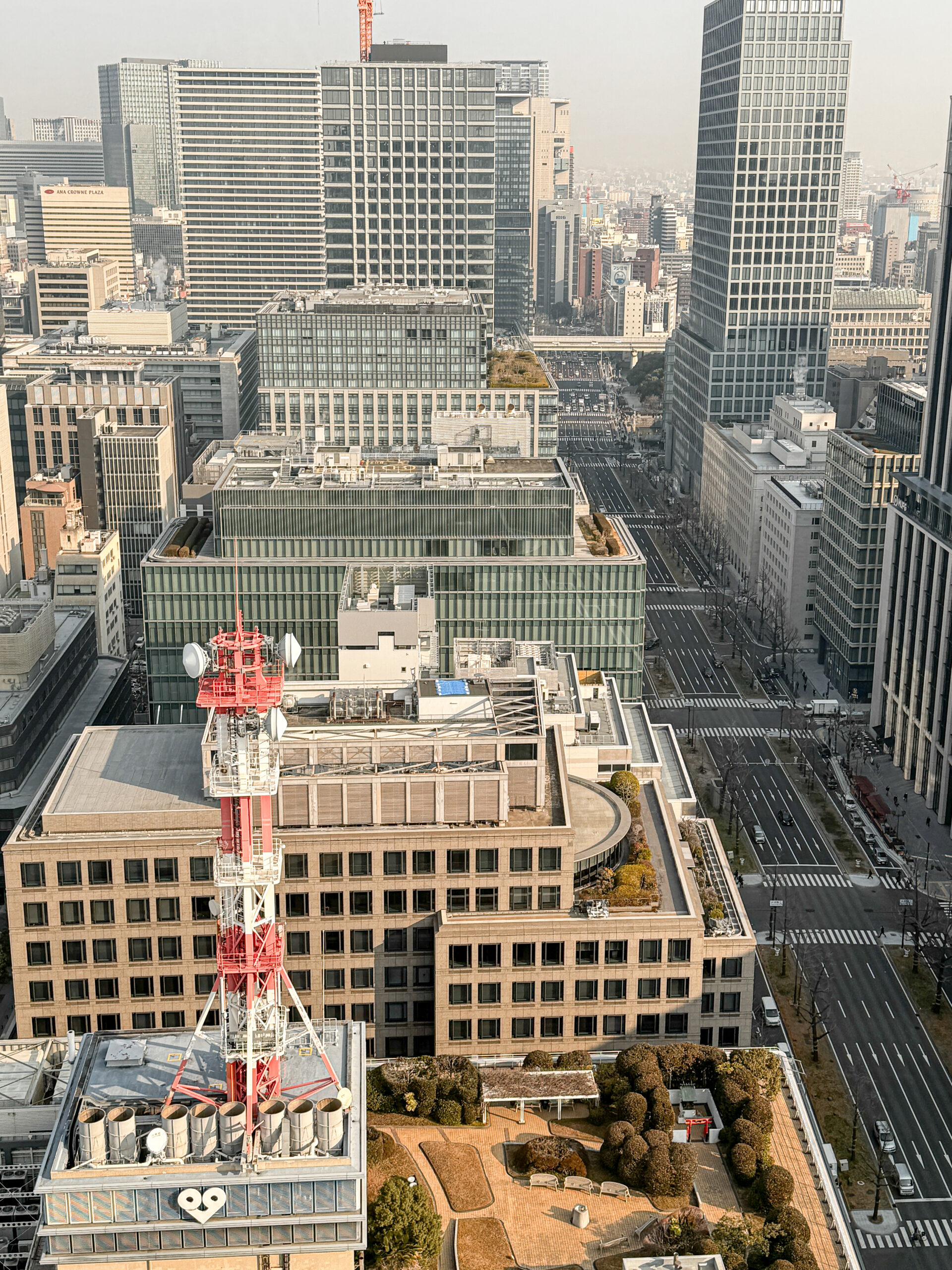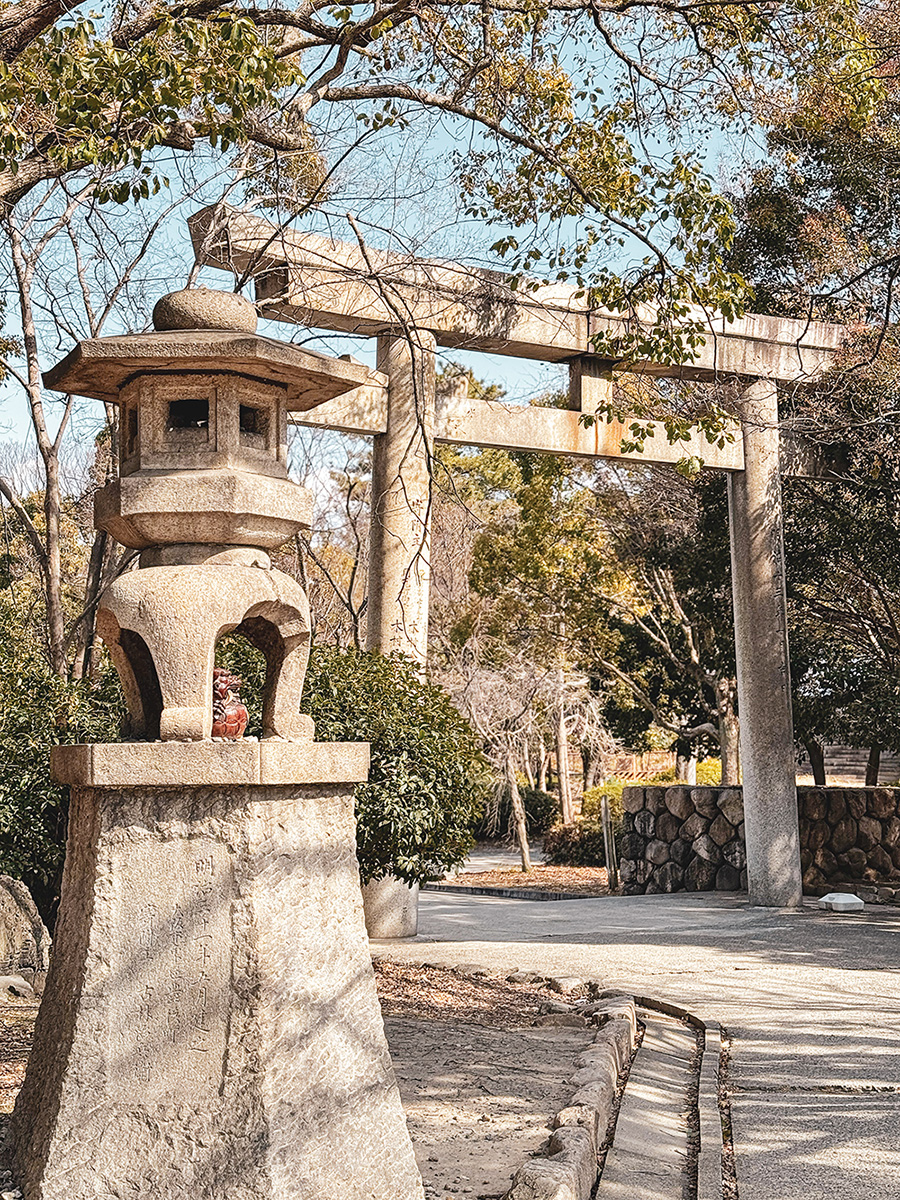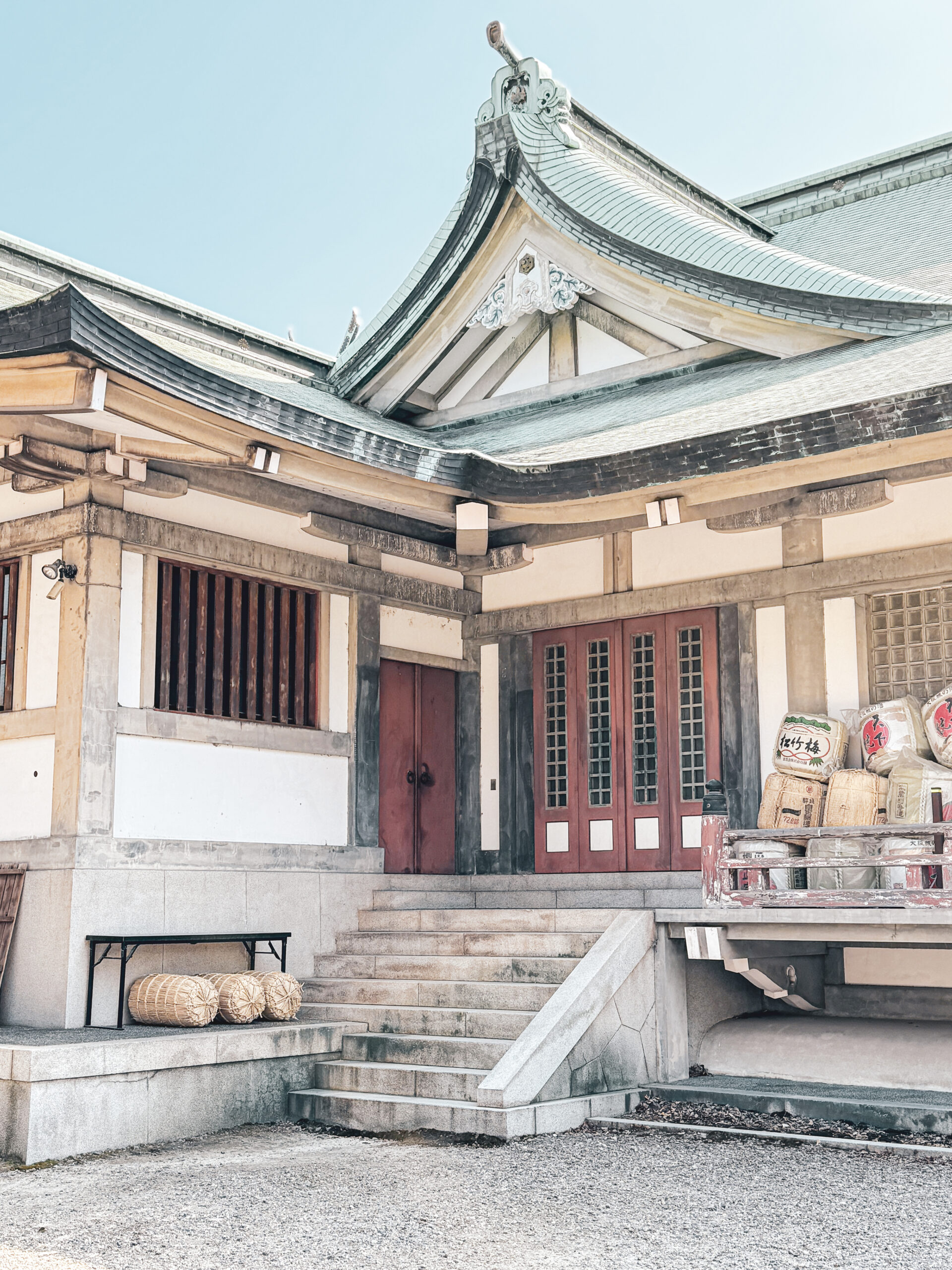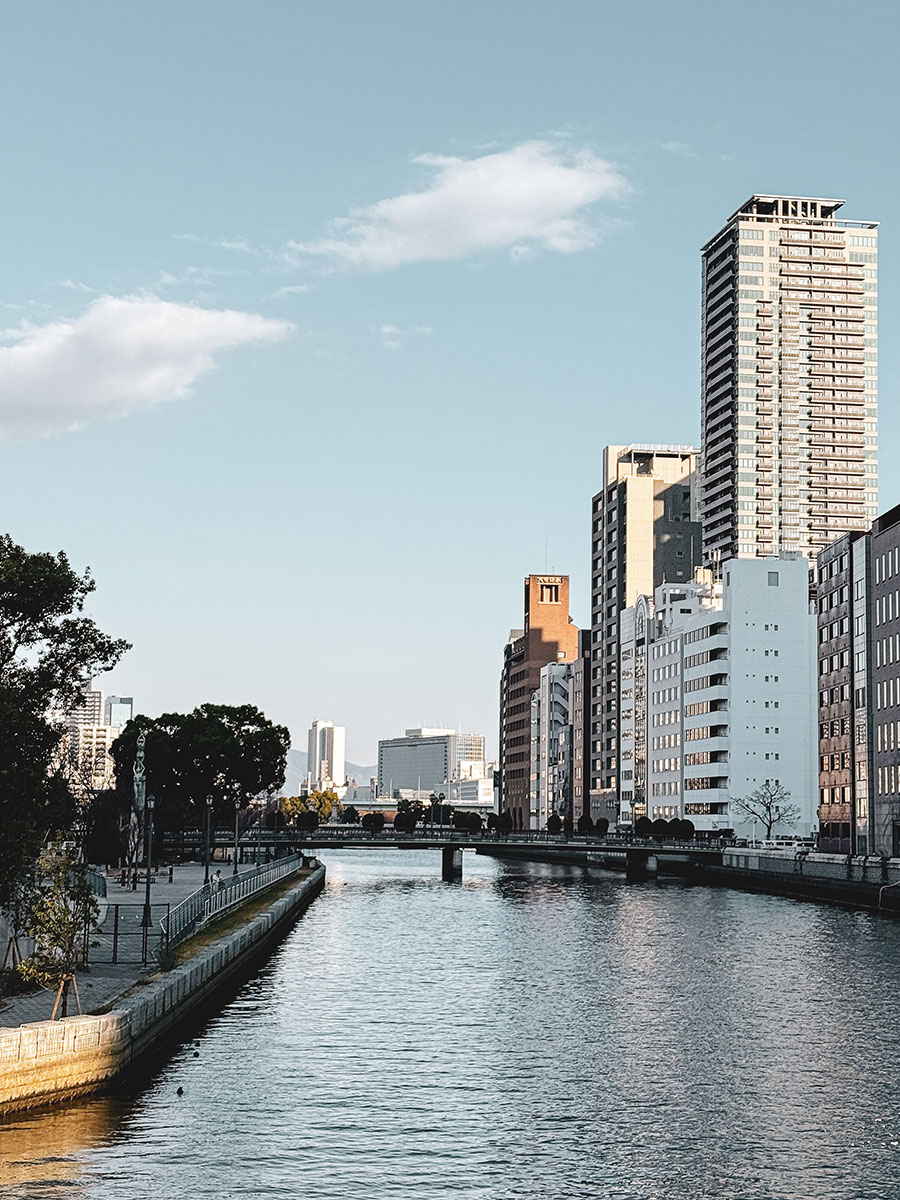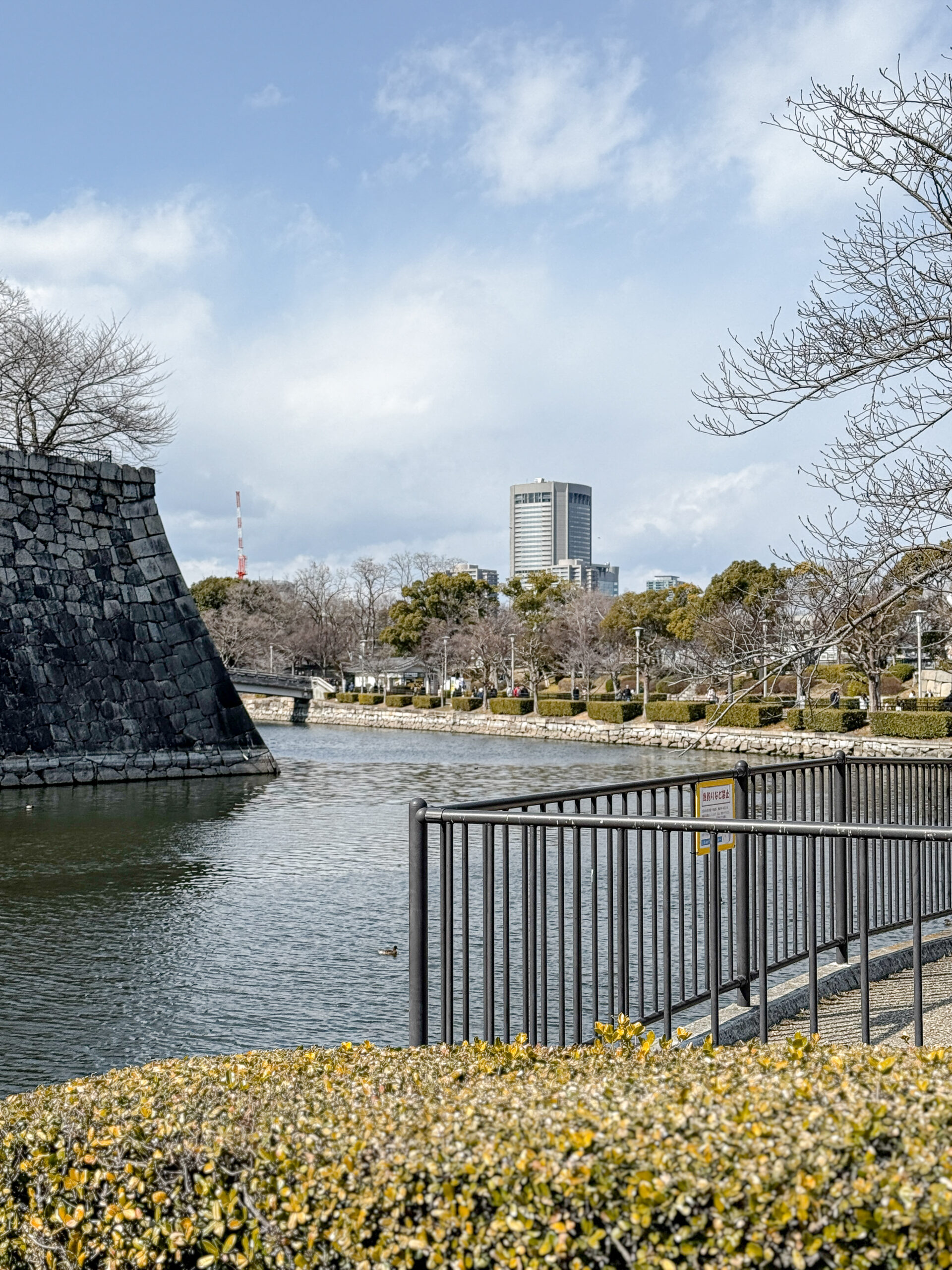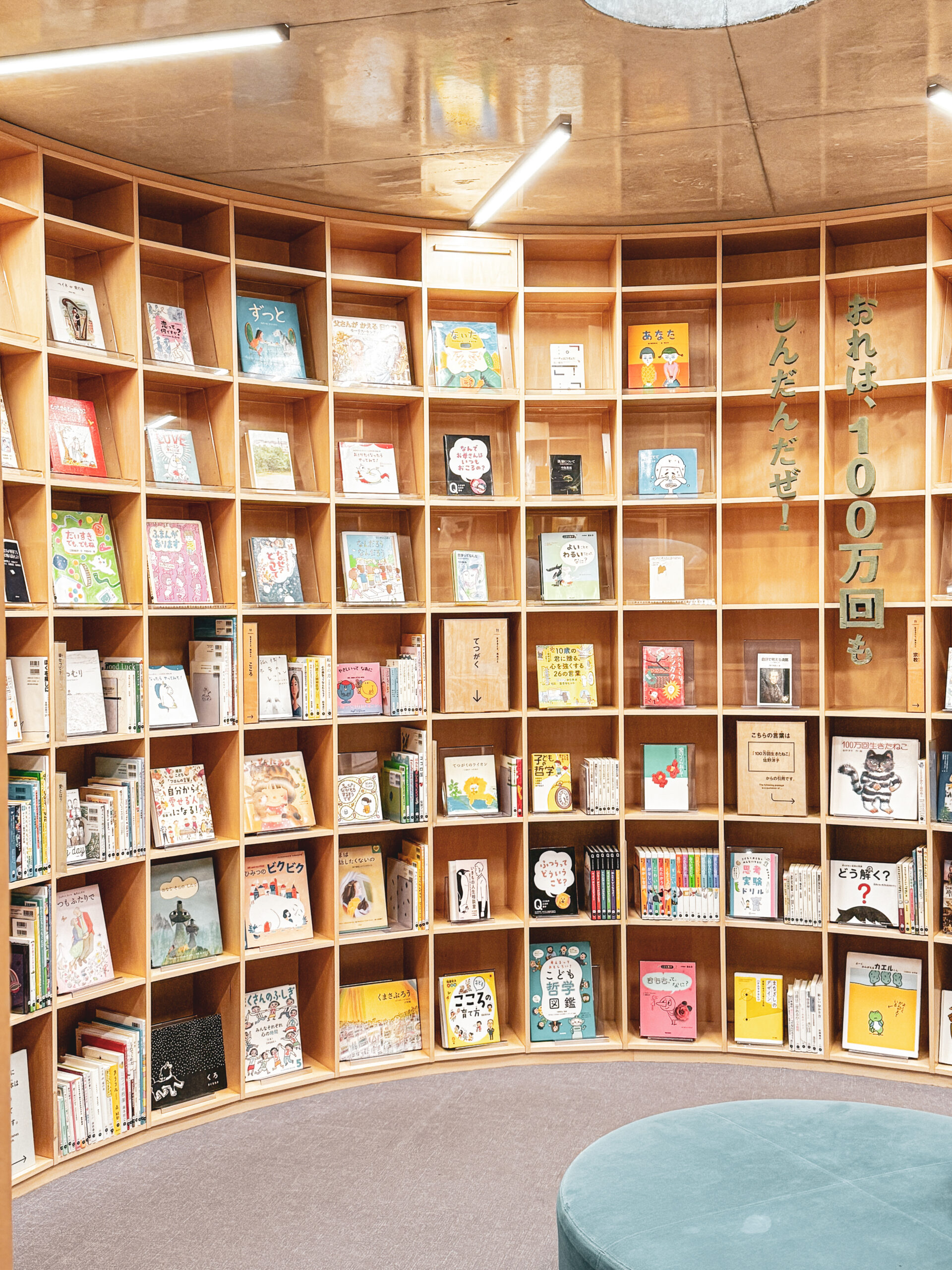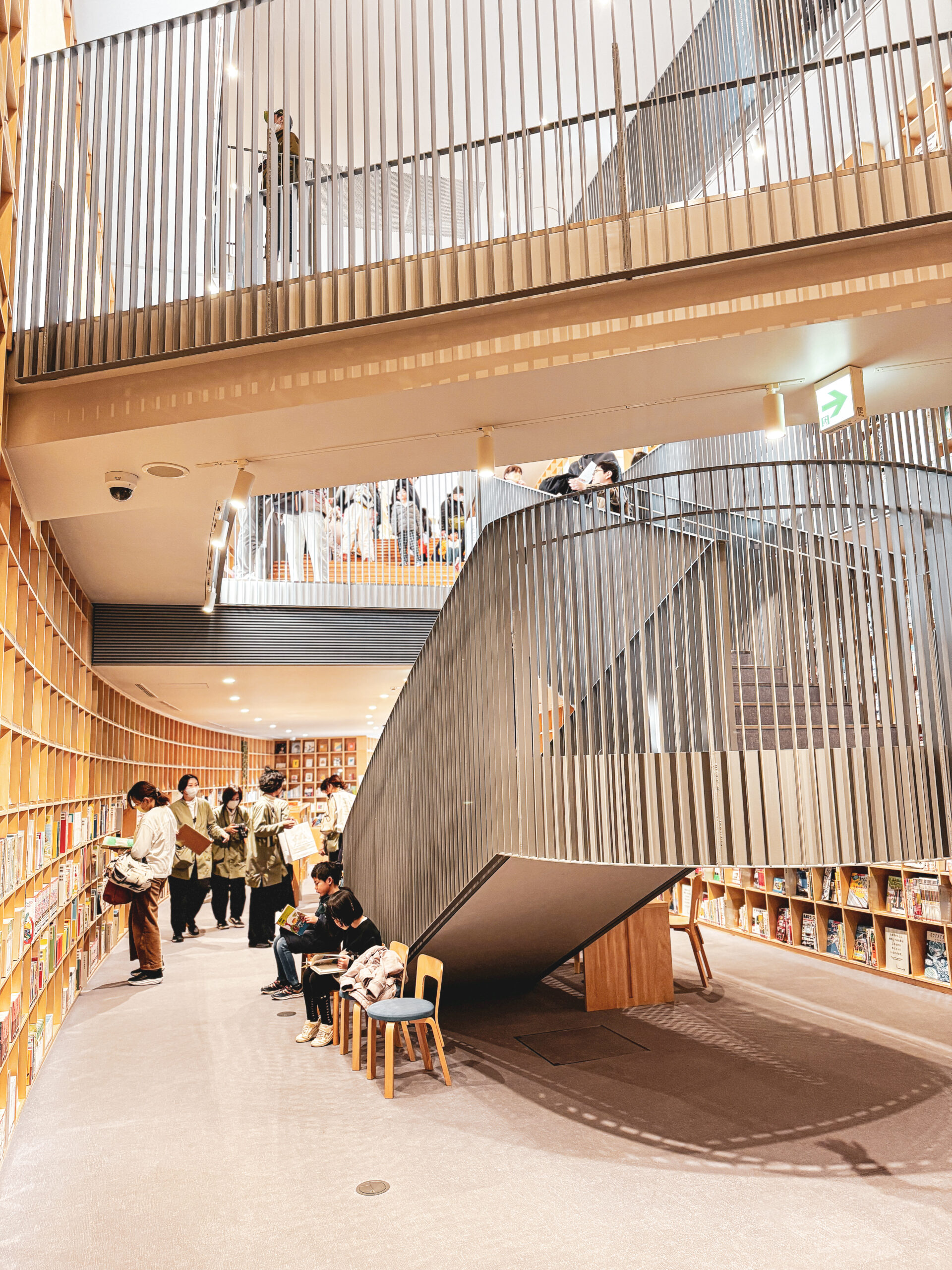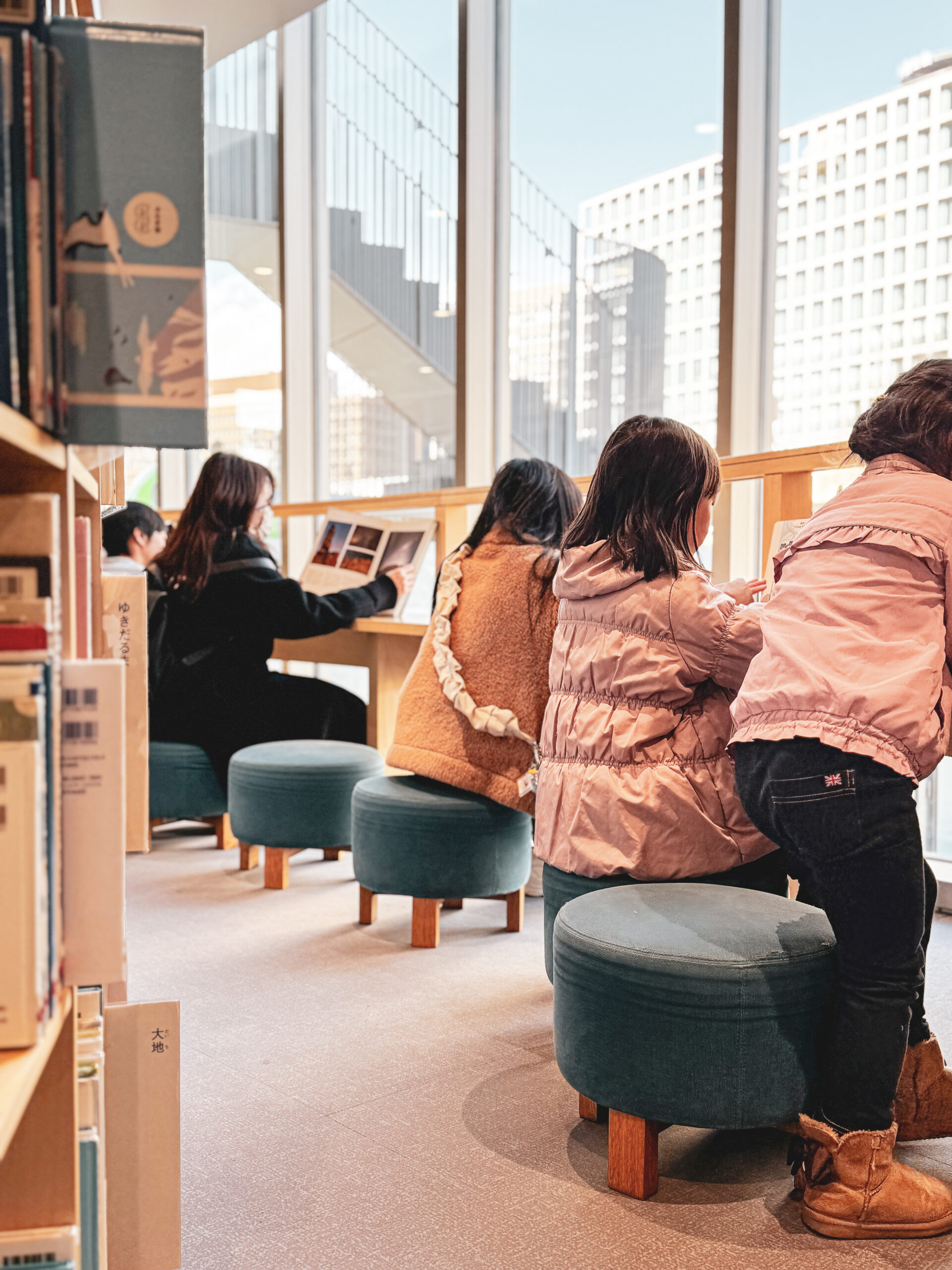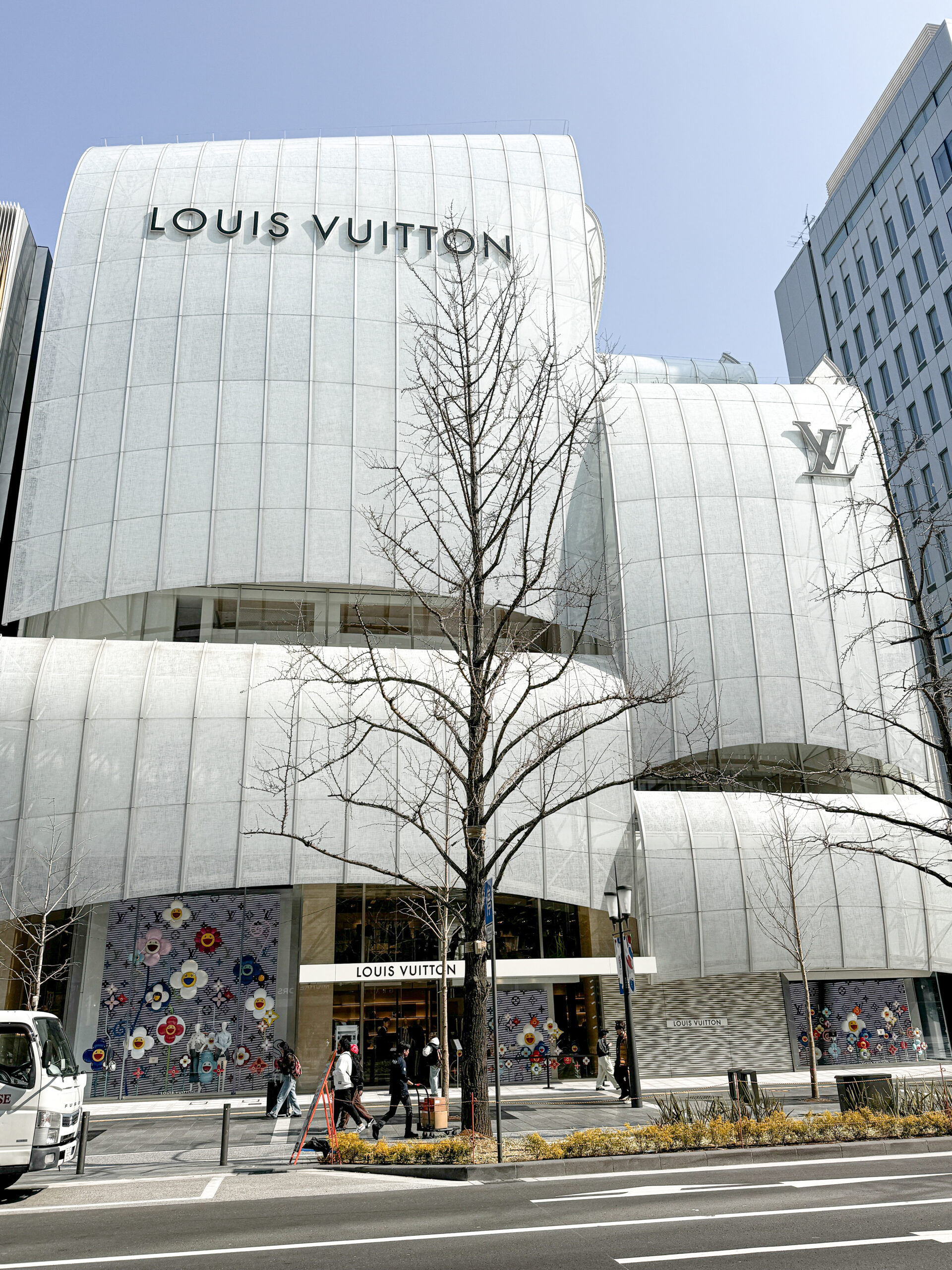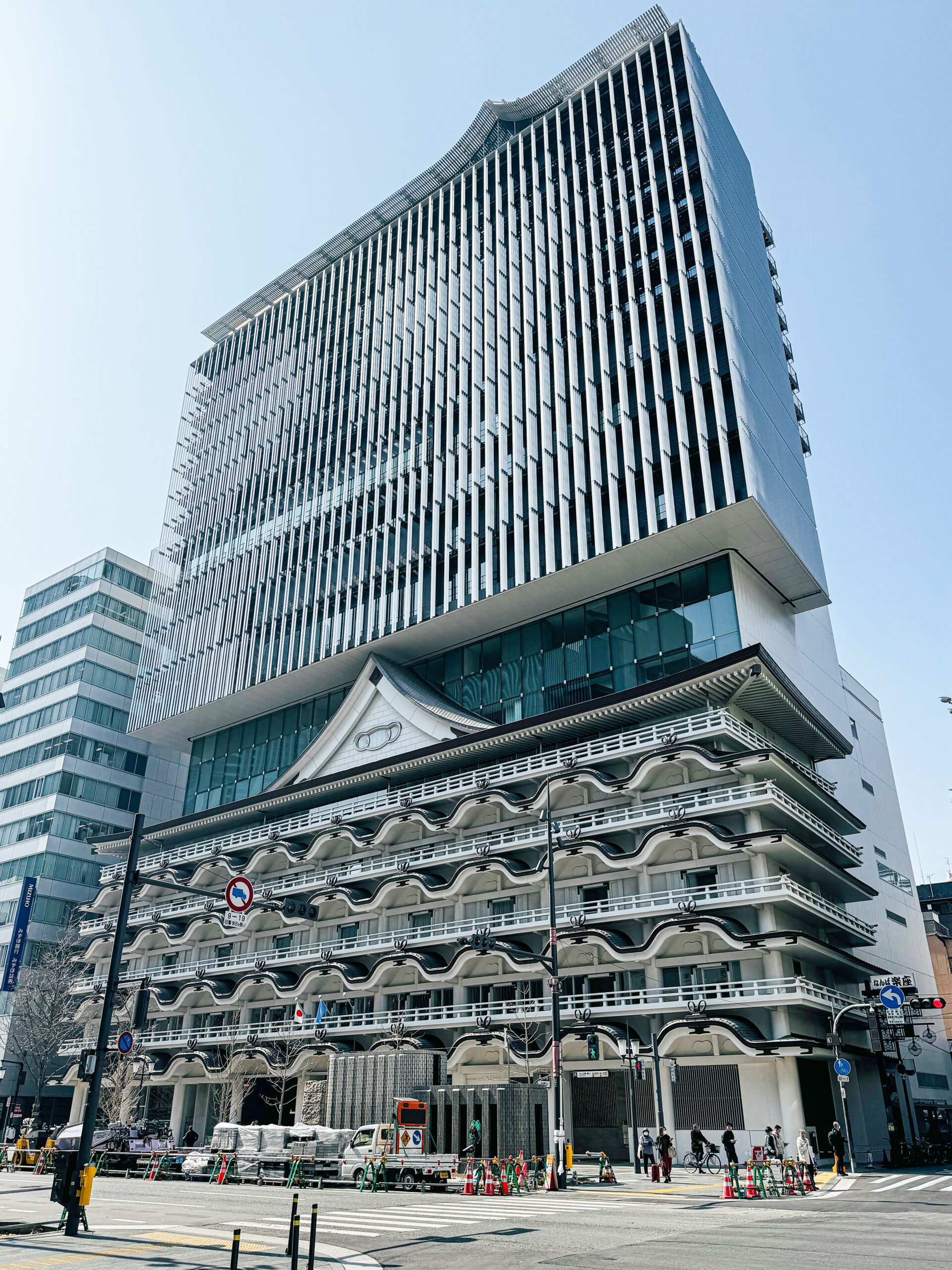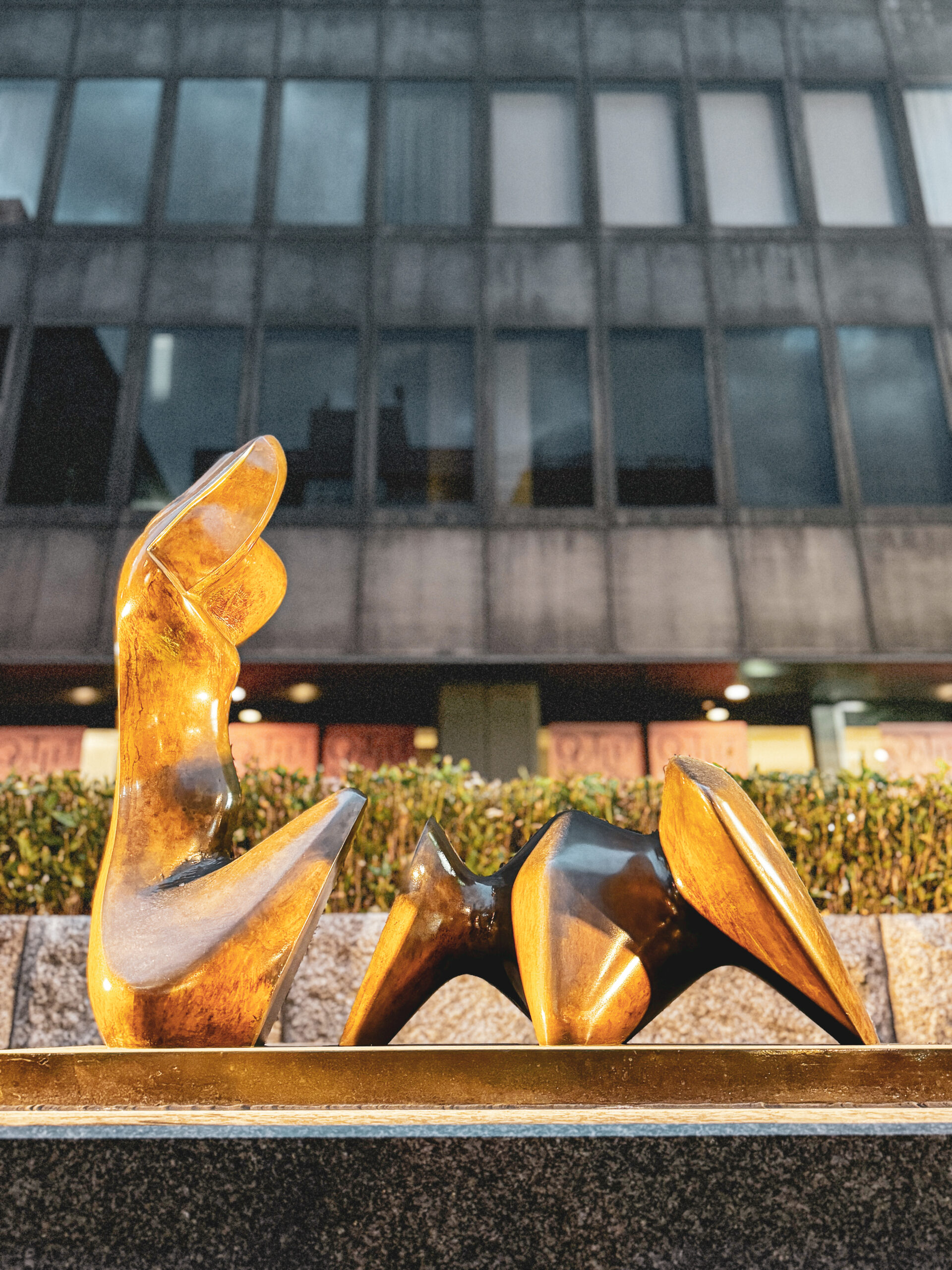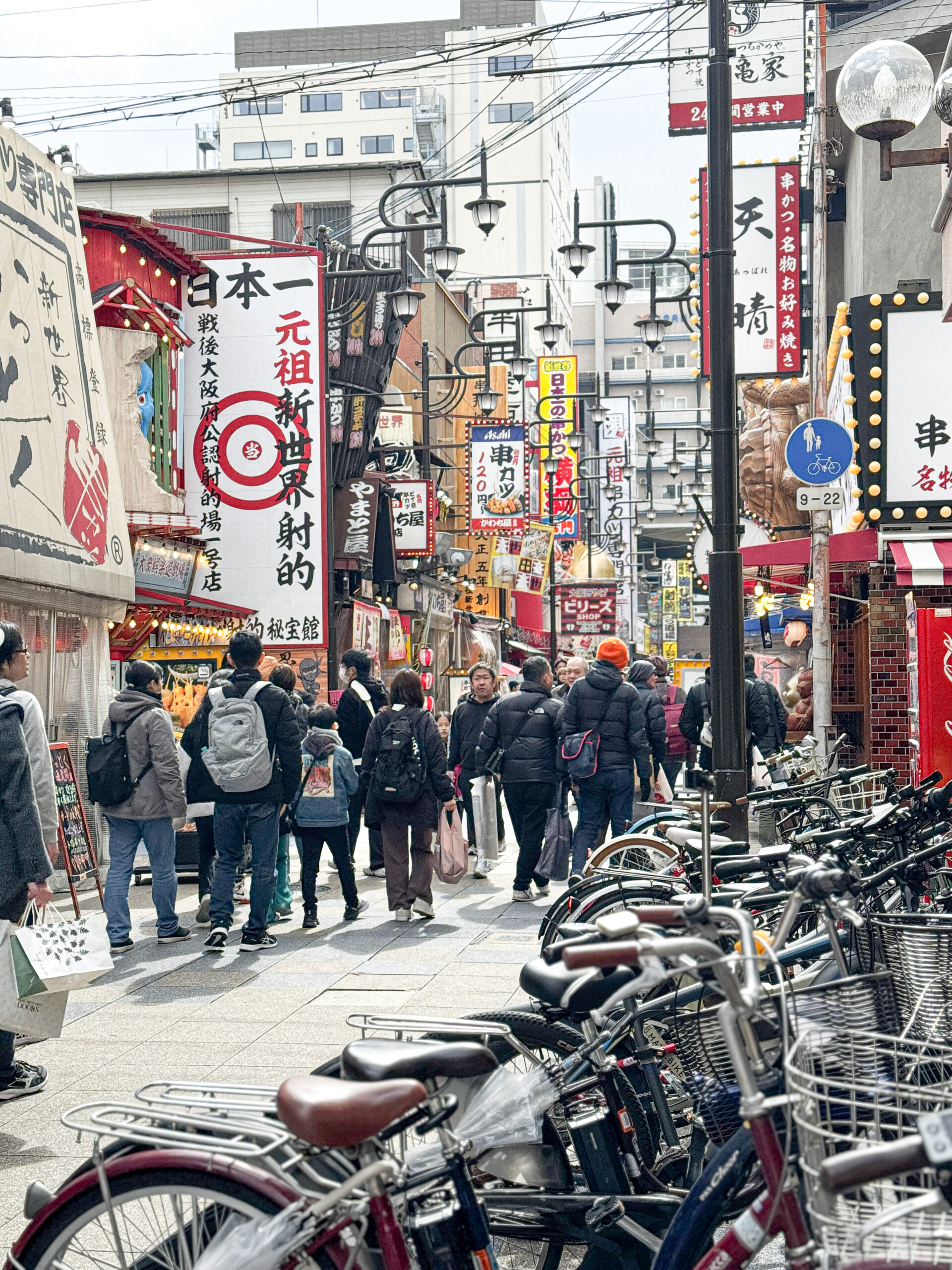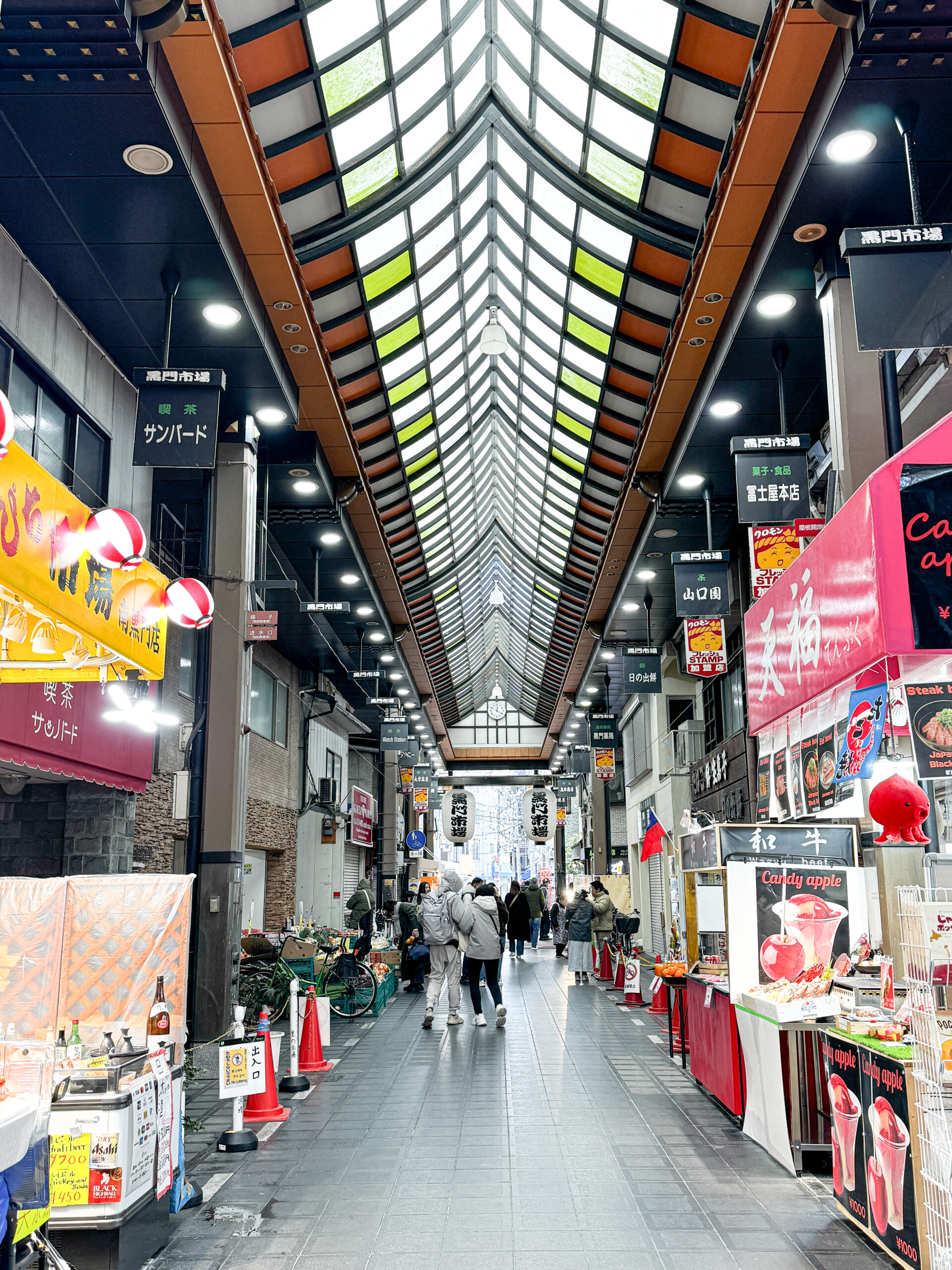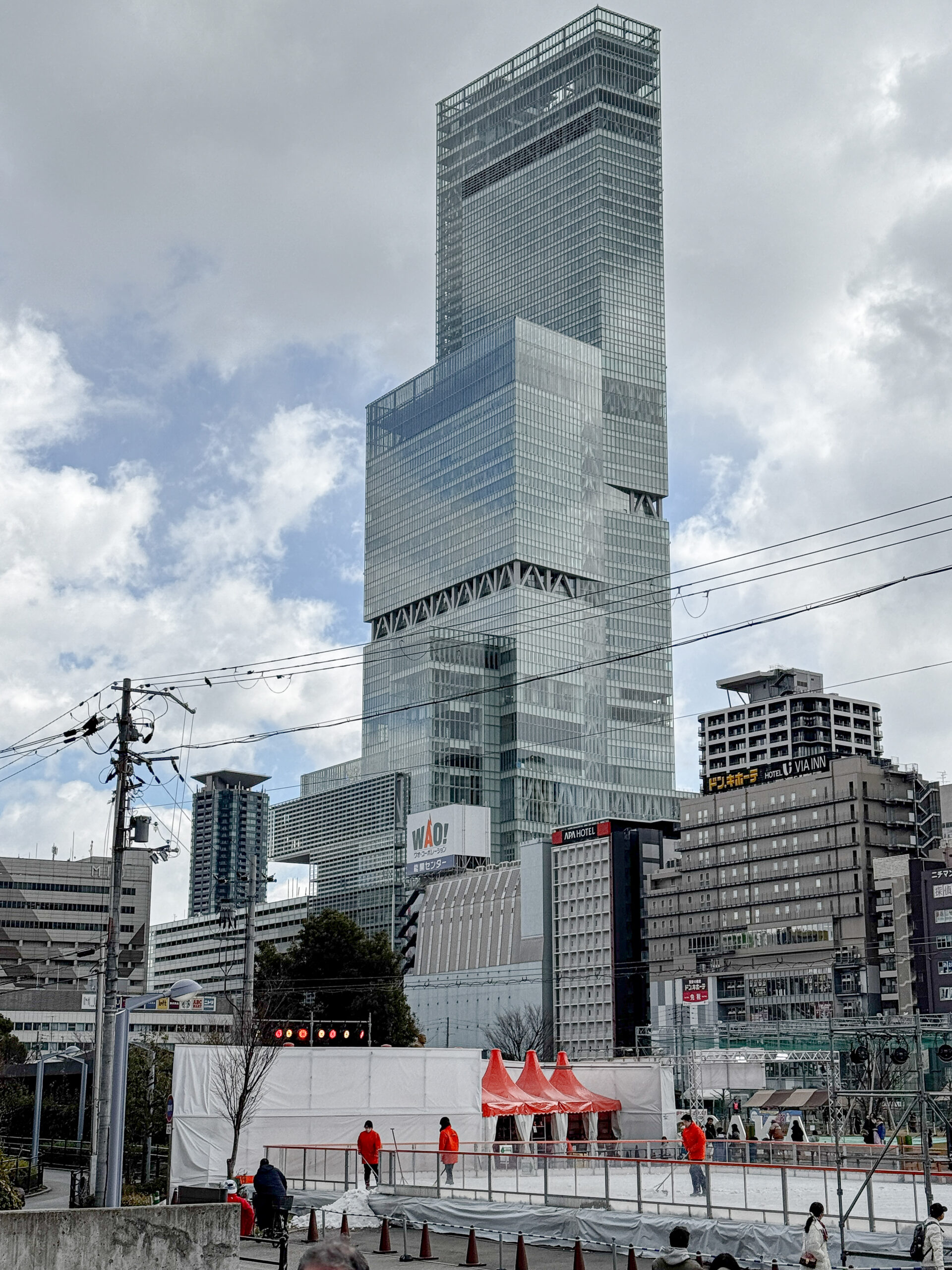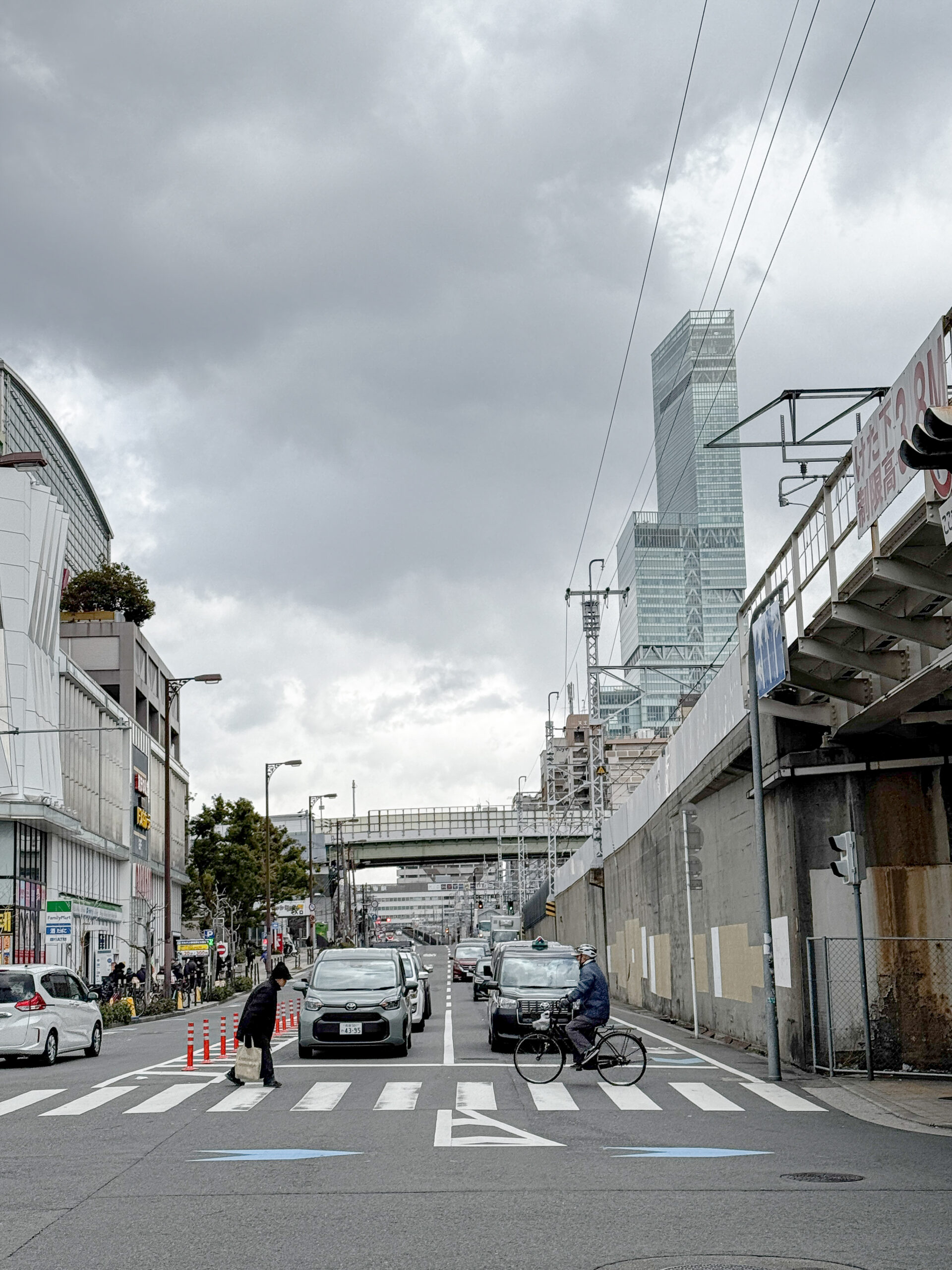A Stroll Through Osaka: Uncovering the Magic of Japan’s Urban Wonderland

Words by Marta
March 20, 2025 | 5-minute read
Osaka is one of those places that you would probably decide to skip in your Japan trip if you had limited number of days and based your decision on many travel guides that compare it to Tokyo or Kyoto in terms of typical touristic appeal.
However, if I look back at last February’s trip to Japan, it is probably the place that truly made me “click” with Japanese culture and provided the calm and authentic feel that lead me to do a deep dive into its roots and culture.
At the same time, since the Edo Era, Osaka has been known as “Japan’s kitchen” and so relevant is its food scene that I will dedicate a post exclusively to it separately.
Filled with exquisite options for food and with amazing craftsmanship, my walks in the city were a constant discovery of discrete corners, ateliers and picturesque features that seem to capture the real essence of Japanese culture without the noise and intentionality of a touristic showcase.
My original intention was to spend two days in the city (leaving on the afternoon of the second day) but I changed my plans and let the charm and effects of the city win over the schedule. I extended my stay to thee full days and managed to cover some architectural inspiration, culinary indulgence and soaking up the local aesthetics.
The backbone of my stay were a couple of walking routes I had planned in advance. From that, I allowed myself to take the time to branch out The backbone of my exploration were a couple of walking routes I had planned in advance which tied landmarks together. From that, I allowed myself to take the time for free discovery by taking small detours into little streets, entering any craftsman store that caught my eye or simply spending some more time than planned in a museum I enjoyed.
Let me take you thought the highlights of my walks.
Day 1 – A walk through the City Centre
On my first day in Osaka, I woke up to amazing views over the City. A story for another time but, in summary, I had to make changes to my trip with short notice which meant I had to cancel my hotel reservations last minute and I switched to The Royal Park Hotel Iconic Osaka Midosuji, Although I had originally chosen something more traditionally embedded in the Japanese culture, I did not regret the change: the hotel has some of the best views and is a perfect option if you need to combine leisure and business, with a great set of amenities at your disposal such as Executive Club open 12 hours, gym and excellent F&B offering.
I booked an Executive room, which meant I got to have breakfast with privileged views to one of my favourite buildings in the city – the Festival Hall, by Nikken Sekkei,.
The tower is part of a twin-tower scheme built in 2013 and I had earmarked it as one of the architectural landmarks of this city. It is the tallest twin development in Japan and si located in the Nakanoshima district, an area I was planning to walk through during the day and which is at the epicentre of the cultural significance of Osaka. It hosts, amongst others, the City’s Festival Hall and an art museum. If you can visit, you will enjoy some of the most beautiful views to the urban fabric and entanglement of rivers that Osaka is known for.
Osaka Castle
Nakanoshima Park
After my visit to Osaka Castle, and escaping from the crowds, I cracked my way to visit one of my highlights of the day – the work of Tadao Ando at the Forest Library
On the way there, I chose a path that allowed me to walk across Nakanoshima Park (show photos below). It is a simple park – a lawn next to the river surrounded by tall modern buildings. Yet it has a special charm to it and it is a good way to grasp how Japanese families spend some leisure time with toddlers. I think it is there that I spotted for the first time something I am keen on researching more about – the tie between grandparents and young kids in Japanese culture. Over my stay in Japan, I did notice in almost all everyday scenes in parks, onsens or restaurants that kids are often accompanied by their grandparents, something that I haven’t witnessed with such preponderance in western culture for a while.
Nakanoshima Children’s Book Forest
At the other side of the park, I reached a landmark I was extremely keen on visiting. I thoroughly respect the work and background of Tadao Ando and I could not wait to see one of his philanthropic contributions to this city which, for me, encapsulates most of the essence of his design philosophy.
I did write a post focussing on Tadao Ando and the city, which you can find here Tadao Ando
Midosuji Street
Shin Sekai – The New World
Tennoji Park
There are a number of things that I would recommend visiting Tennoji Park for. Firstly, on weekdays, the park is a good way to understand Japanese ordinary life. In addition, the park is a great reference for urban regeneration projects that bring together historic heritage, urban green spaces and modern placemaking. The park ties together the Tennoji Zoo, the Osaka City Museum of Fine Arts, the historic green space and lakes, a newly created dynamic area called Ten-shiba and the surrounding dense fabric that hosts mixed-use modern buildings.
In Ten-shiba you can get a feel for the rhythm, the habits and timelines of city work in Osaka. Futsal courts, picnic, F&B options… something I spotted with less excitement was the amount of western brands for F&B outlets that have sprouted in the park – still, it is a well amenitized public space that makes for great urban outdoors.
My two highlights when you visit the park:Osaka City Museum of Fine Arts
Abeno Harukas
Regardless of whether you are a fan of architecture or not, I would recommend a visit to Abeno Harukas. Embedded into the regeneration area, was the tallest in Jaan until 2023 and is a multifunctional urban space that hosts an observatory, a hotel, a museum and commercial area.
The 360 views from the Observatory (floors 58 to 50) are breathtaking. If you are interested in Buddhist art, there is a museum on the 16th floor worth paying a visit to as well.
Vibrant culture, excellent food scene and a calm
traditional city to fall in love with Japan
More to explore

A Stroll Through Osaka: Uncovering the Magic of Japan’s Urban Wonderland

Osaka – Tadao Ando
